1,000 grams of growth with correct nutrition and housing
Calves that are fed and housed well can grow by as much as 1,000 grams per day during the milk period. It is not just the cattle farmer’s awareness and efforts that play a major role, so do the right housing and approach.
Diarrhoea and respiratory problems are the main diseases during the first year. Housing plays an important role in both cases. It is important for calves to be housed in a dry and draught-free environment. By using the right accommodation, you will prevent health problems at a later age.
Young calves (0-3 weeks) are almost always housed individually. This makes it easier to check them and health issues are discovered quicker. Also, most calves are less exposed to other calves, reducing disease pressure. This is another important aspect because young calves have little resistance at this age.
Calves aged 3 weeks to 3 months have built up less resistance than older young stock. Furthermore, there are a lot of stress moments during this period, such as weaning, disbudding and moving calves from their individual hutch to group housing. So as to safeguard a calf’s health, it is important not to make all these changes at the same time. Instead, make no more than one change per week. This will benefit the calves’ health and growth.
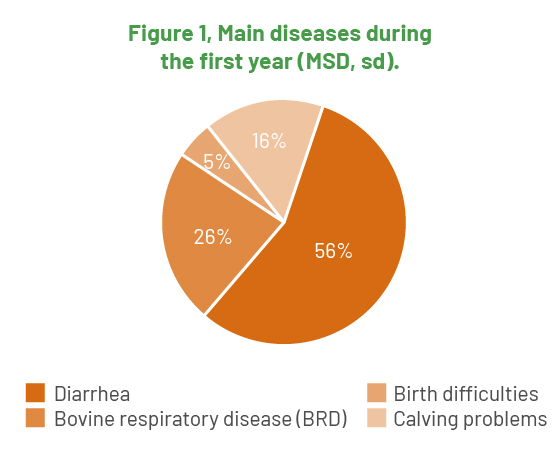
Figure 1, Main diseases during the first year (MSD, sd).
At the dairy farms that were studied, calves in the age group of 3 weeks to 3 months show the biggest lack of weight development compared to the standard. This age category also suffers most from diarrhoea or respiratory problems. This is the most vulnerable period, because the maternal immunity obtained via the colostrum decreases and the calf is still building up its own immunity. This group of animals, therefore, deserves the highest level of care. One striking conclusion from the study is that calves who are fed by means of an automatic milk feeder suffer from diarrhoea more than those that are hand-fed.
Reference:
Young stock rearing process deserves attention
Janne van de Ven, student at the Has Hogeschool conducted a study into the growth, health and time spent during the young stock rearing process. Dairy farms often pay less attention to this process, because in the short term, it has a lesser influence on operating results compared to the care of dairy stock. However, a good young stock rearing process definitely yields a return. Examples include a lower calving age of heifers, extra milk during the first lactation and more room for phosphate because there is no need to keep so much young stock. A longer rearing process means more rearing days, which cost an average of € 2.50 per day. The study was conducted among 30 dairy farms.This article is based on the study results.
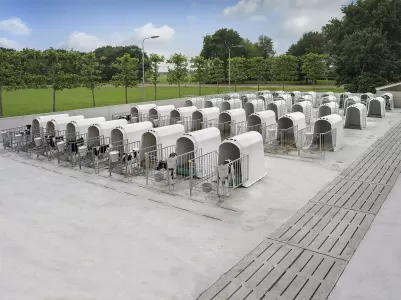
Share this message

Special offer! CalfOTel Milkfeeder
CalfOTel closes the year 2020 with a special offer! Until the end of the month December you receive a discount on the new CalfOTel Milkfeeder​.

CalfOTel Open Top Premium wins Innov’SPACE!
CalfOTel has won a 2020 Innov’SPACE for the Open Top Premium Single and Duo! Our colleague Jean Bernard Béranger received the award yesterday....
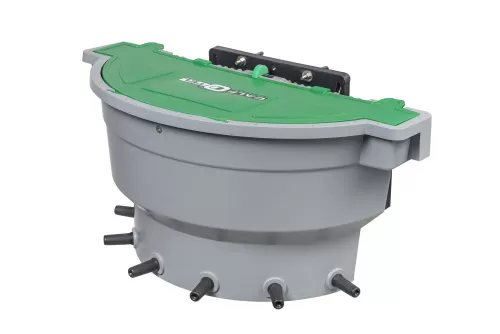
New products!
CalfOTel launches not one but three new products, among which a new line for indoor accomodation. These calf pens are suitable for dairy farmers who want to keep calves indoors or under a roof. The products were developed on the basis of...
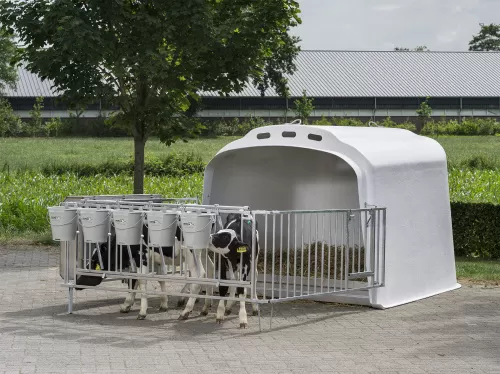
More growth and health in outdoor housing
Thorough calf rearing is essential for good performance as a dairy cow. With a high feeding regime and an all-in, all-out housing in small, fixed groups, calves perform best. For example, research by Dairy Campus/WUR with 224 breeding calves in...
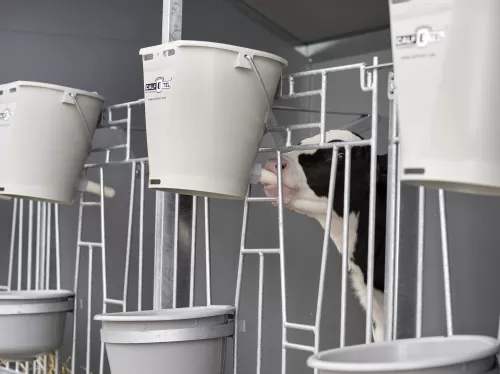
Hand-feeding better for calf’s health
Hand-feeding a calf is labour-intensive. You have to mix water and milk powder, lift buckets and then fill the teat buckets several times a day. An automatic milk feeder can save you a lot of work. However, this study has shown that calves that...
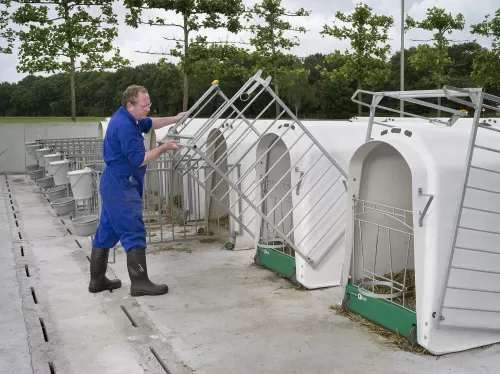
The CalfOTel systems save labour
The calf-rearing period, between 0 and 4 months, demands more labour than any other time. You can save approximately 20% on this labour by using solid hutches with the right set-up and accessories. During the development of our calf housing, we...
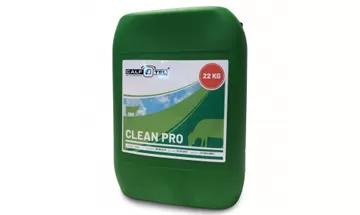
Cleaning calf hutches an easy job with CleanPro foaming product
A calf is continuously surrounded by micro-organisms. Only a few of those are true ‘pathogen’ and can, therefore, cause diseases. In order to keep these pathogens away, we aim for the highest possible level of hygiene. ...
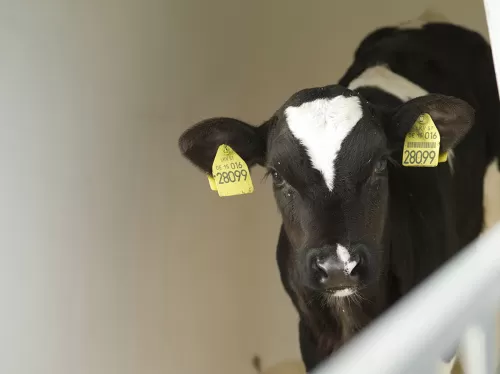
Feeding calves properly requires expertise
Young calves have a tremendous potential to grow – provided that they are healthy, they are housed properly and they receive the best possible feed. During the first six months of a breeding calf’s life, it can be expected to grow...
